If Google is showing you this page directly, click here to go to the start of the article.
iBasso DX180 – Sound Impressions
iBasso DX180 is an impressive device. It delivers on all fronts, and sound quality is not an exception. It not only met but exceeded my expectations, especially considering its price range. The only thing mid-tier about it is the price tag. The overall presentation is transparent, extended, and clean, with a slight emphasis on sub-bass that adds a layer of natural warmth. This warmth is the sauce; it makes the music feel more dynamic and engaging while the treble is extended and clean yet simultaneously smooth. It is beautifully tuned to present all details without any harshness or glare. The midrange is clean, transparent, and articulate; I rarely praise DAPs, as, to me, they are the hardest when it comes to proper implementation. In my over a decade-long experience in the audio sphere, sound innovation has always started with desktop DACs, then portable DAC/AMPs, and lastly, DAPs. Now, it is starting to change with innovation and R&D. Things are looking brighter than ever, we have devices that are as big as iPod Classics that rivaling the sound of huge DAC & AMP stacks. I love this era, and I love this hobby.
Back to the DX180, its sound signature can be labeled as neutral-warm. It sounds addictive. My unit is around the 150-hour mark, and I have used my daily-use IEMs to evaluate it. Those are Sennheiser IE600, Symphonium Crimson, and 64Audio U4S. These 30-year-old ears can still hear up to 17,5kHz, and as you may have noticed from the IEMs listed above, I like my high treble (14-15kHz) extension.
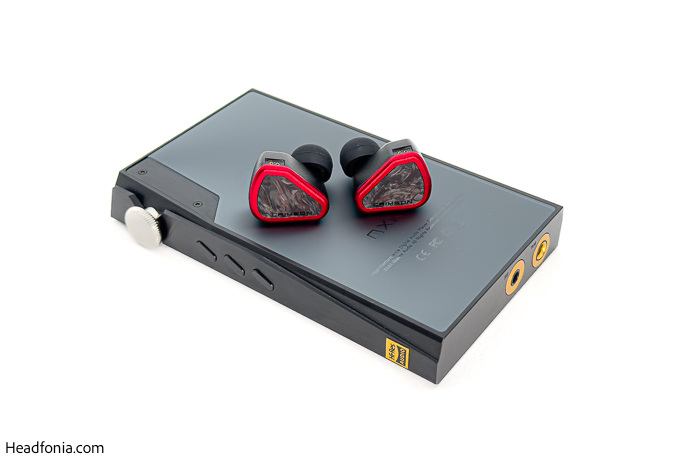
Low
The bass response on the DX180 is extended, fast, and precise. It brings plenty of punch to the table. The focus is on the sub-bass region; it extends deep and delivers. The weight and the texture are excellent, rivaling more expensive daps like the WM1AM2. The texture and speed are excellent; this is no one-note bass. The DX180 plays well with a wide range of genres, but this ‘sub-bass sauce’ works especially well for electronic. The mid-bass is very controlled and not boxy, which helps to keep the presentation spacious and airy. The instrument body is adequately presented without the unwanted warmth hindering clarity.
Mid
The midrange of the DX180 is just as impressive as its low range. I have many gear equipped with the trusty CS43131 DAC from Cirrus Logic, and I find its midrange a bit dry. However, evaluating only the DAC is, to put it in computer terms, like looking only at the processor without looking at the RAM, the display, the cooling layout, and everything else in between. It’s meaningless. As I always try to point out, it’s about the implementation; it was always about the implementation. I’m not sure how iBasso managed to get this sound out of these DACs, but it’s very impressive how natural the mids sound. It does not feel dry, it does not feel thin, it does not feel artificial. This is the hands-down best midrange I have heard from a DAP in this price bracket. It’s fairly neutral, clean, and incredibly articulate. Instruments and vocals are rendered with excellent clarity that brings out their true texture. The tonality feels accurate, and while the DX180 doesn’t try to shower you with detail, it makes it quite easy to catch the vocal and instrumental nuances during playback.
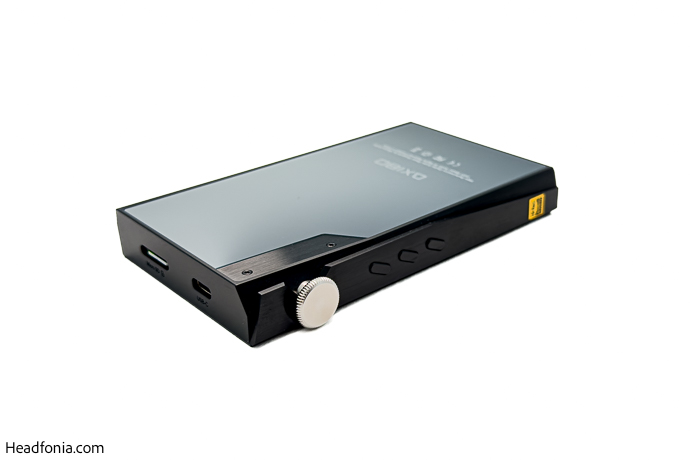
High
The highs on the DX180 are a real treat. They are silky, and they extend well, offering energy and air without any edginess. Even spicy sets like the Hiby’s Crystal 6 & 6II get schooled by the DX180’s silky treble and ultimately get refined by it. It helps the inglorious and reveres the great. As an example, the Crimson’s energetic high treble combined with the DX180’s smooth and extended reproduction results in a dreamy top-end extension that is just a delight to listen to. The treble shows excellent control and offers very good resolution, transparency, and extension. The expansive and airy treble adds significant height to the image, enhancing the perceived headroom, especially with sets like the U4s and IE600.
Technical Capability
I am very happy with the DX180’s soundstage. It is wider and more spacious compared to the Shanling M3U and the HiBy R6 Pro II. It feels holographic and three-dimensional, offering an excellent sense of space with my IE600, Crimson, and U4s. Locating instruments within the stage is very easy, and there is plenty of air between them, making the crowded tracks and genres an easy job. The DX180 has excellent imaging.
The DX180’s resolution is quite impressive if you are pairing it with an equally capable IEM. Its ability to unveil detail is fantastic, considering its mid-tier pricing. I’ve paired the DX180 with a variety of in-ear monitors and headphones, from easy-to-drive to fairly demanding ones like the Ananda Nano. It maintains a black, silent background with no perceptible noise or hissing, even with my sensitive IEMs. My favorite pairings have been with the Symphonium Crimson and Sennheiser IE600, which truly showcase the DX180’s capability to enhance the strengths of already great sets. I still carry my D16 around, but only if I plan to stay at said location for more than 3 hours. For anything less, I’ve got the DX180 to rely upon.

Pairing DX180 with the D16
The D16 DAC/AMP has quickly become one of my favorite devices this year, earning a permanent spot next to my MacBook. It’s been an outstanding addition, to the point that I haven’t felt the need to switch to any other source since it arrived. I particularly find its performance via coaxial/optical input superior in sound quality compared to its USB input. Given this, I was eager to pair it with the DX180.
Enabling the SPDIF output on the DX180 is straightforward. Simply swipe down the control center and tap the SPDIF tile. I used the shielded cable included by iBasso with the D16 and set the D16’s input to Coax. After starting the playback, the D16’s sample rate indicator synchronizes immediately with the DX180’s sample rate. A major advantage of using the DX180 as a digital transport for the D16 is its ability to offer over 25 hours of continuous playback in addition to better overall SQ.
The pairing of the Crimson, D16, and DX180 sweetens the overall presentation, resulting in a sound that is more natural and cleaner. The overall signature feels more effortless, which is a welcome improvement over D16’s already excellent performance. Using the DX180 as a digital transport not only sharpens note definition but also improves the perceived resolution. This setup effectively highlights the strengths of the D16, elevating its overall technical capability. Definitely a must-try!
Comparisons
iBasso DX180 vs. HiBy R6 Pro II ($749 USD)
The HiBy R6 Pro II and iBasso DX180 both solid options but approach sound reproduction differently. While the R6 Pro II features dual AK4499EX DACs and dual NDK femtosecond oscillators, its sound signature is slightly warmer than the DX180, especially in the midrange. The DX180 puts the vocals and instruments farther away from the listener, while the R6 Pro II feels somewhat closer. To my ears, the A mode sounds the best when it comes to technical capability so the comparison is done using that mode.
The DX180 carries slightly more detail and energy in the lower treble and its sub-bass note reproduction is tighter, with more impact. Overall both devices are close in terms of technical capability, but I find DX180’s overall tonality slightly better due to better end to end extension. The great thing about the R6 Pro is that Hiby’s system-wide PMEQ works great and offers vast sound customization.
As for features, the R6 Pro II’s larger physical size accommodates a bigger battery, but it doesn’t translate to longer playback times. The DX180 not only outlasts the R6 Pro II in battery life but also surpasses it in output power, offering up to 690mW compared to 383mW, making it more capable of driving a wider range of headphones.
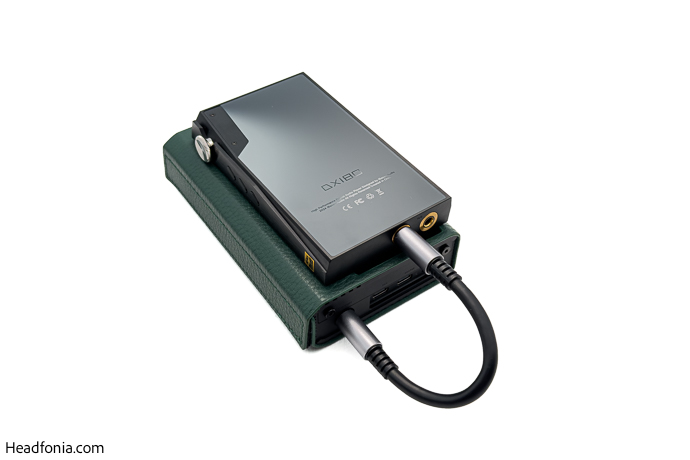
iBasso DX180 vs Shanling M3 Ultra ($479 USD)
The iBasso DX180 and Shanling M3 Ultra each have their own distinctive sound signature to suit different audiophile bases. The M3 Ultra focuses on a warmer, more musical approach, with a rounder bass and midrange for a smooth and rich presentation. This warmth is felt especially throughout the midrange, softening vocals and instruments, which may appeal to those who prefer a softer, more enveloping sound. On the other hand, the DX180 offers a more neutral-warm profile with slight sub-bass emphasis and smooth yet extended treble, carrying more clarity and detail. It feels cleaner with more precise note definition.
The M3 Ultra operates on Android 10 with Shanling’s AGLO platform, which effectively bypasses Android’s native sample rate conversion to maintain audio fidelity across all applications, similar to iBasso’s NON-SRC open Android. Hardware-wise, the M3 Ultra is equipped with a Snapdragon 665 processor, similar to the DX180, but with lower memory configurations of 3 GB of RAM and 32 GB of ROM, which might limit performance compared to the DX180’s higher-end variant, which has 4 GB of RAM and 128 GB of storage.
Shanling has incorporated a 3500 mAh battery, slightly larger than the 3200 mAh on the DX180. However, DX180’s audio PCB is more efficient, and it offers 3-4 hours more battery life compared to the M3U. Additionally, the DX180’s higher power output of 690mW versus the M3 Ultra’s 260mW translates into better dynamics and a broader driving capability, particularly with demanding headphones.
Last Words
In the crowded field of digital audio players, the iBasso DX180 stands out with its superior sound quality, robust construction, and advanced features at a competitive price. With a quad DAC setup, dual NDK femtosecond oscillators, and an FPGA-based signal controller, the DX180 is a complete package that rivals more expensive models. Its efficient power management and snappy Android 13 platform make it a solid choice for audiophiles and tech enthusiasts seeking premium performance without the premium price. To the recommended list it goes!
Summary
Pros:
+ Excellent Price/Performance Ratio
+ Great SQ & Excellent Signature
+ Solid Technical Capability
+ Excellent Build Quality
+ Optimized Android
Cons:
– Included Screen Protector Films Are Bad
Page 1: iBasso, DX180 DAP, Packaging & Accessories, Design & Build Quality, iBasso Cares
Page 2: Audio Circuitry & FPGA-Master 2.0, Software & User Experience, Mango Player, Battery Life, Bluetooth and WiFi Performance
Page 3: iBasso DX180 Sound Impressions, Technical Capability, Pairing with the D16, Comparison, Last Words






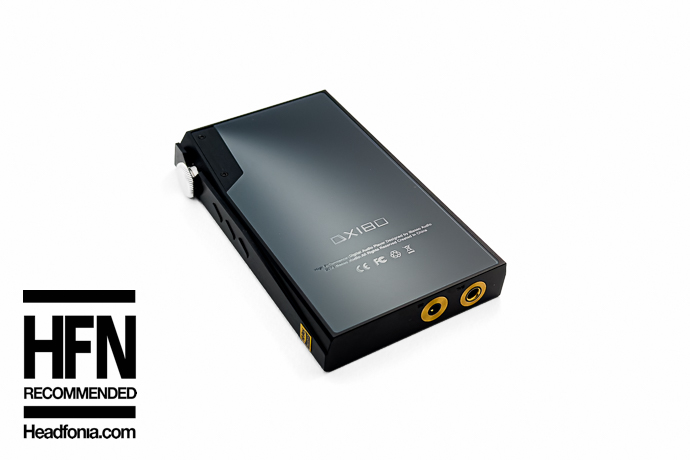

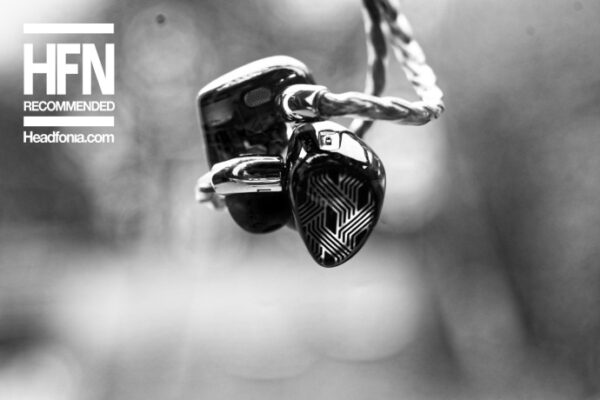

Don
What digital filter did you use/prefer? Did you notice a difference between filters?
Thank you.
Yagiz
Hi Don,
Yes, there are differences between the filters. I have used the D3 and D5 filters extensively. I prefer the D3 when I want sharper note definition, sharper/faster transients, and faster attack-decay.
I also like the D5/non-oversampling, which to my ears sounds the most natural and effortless of the five. The filter effect is minor, but definitely perceptible.